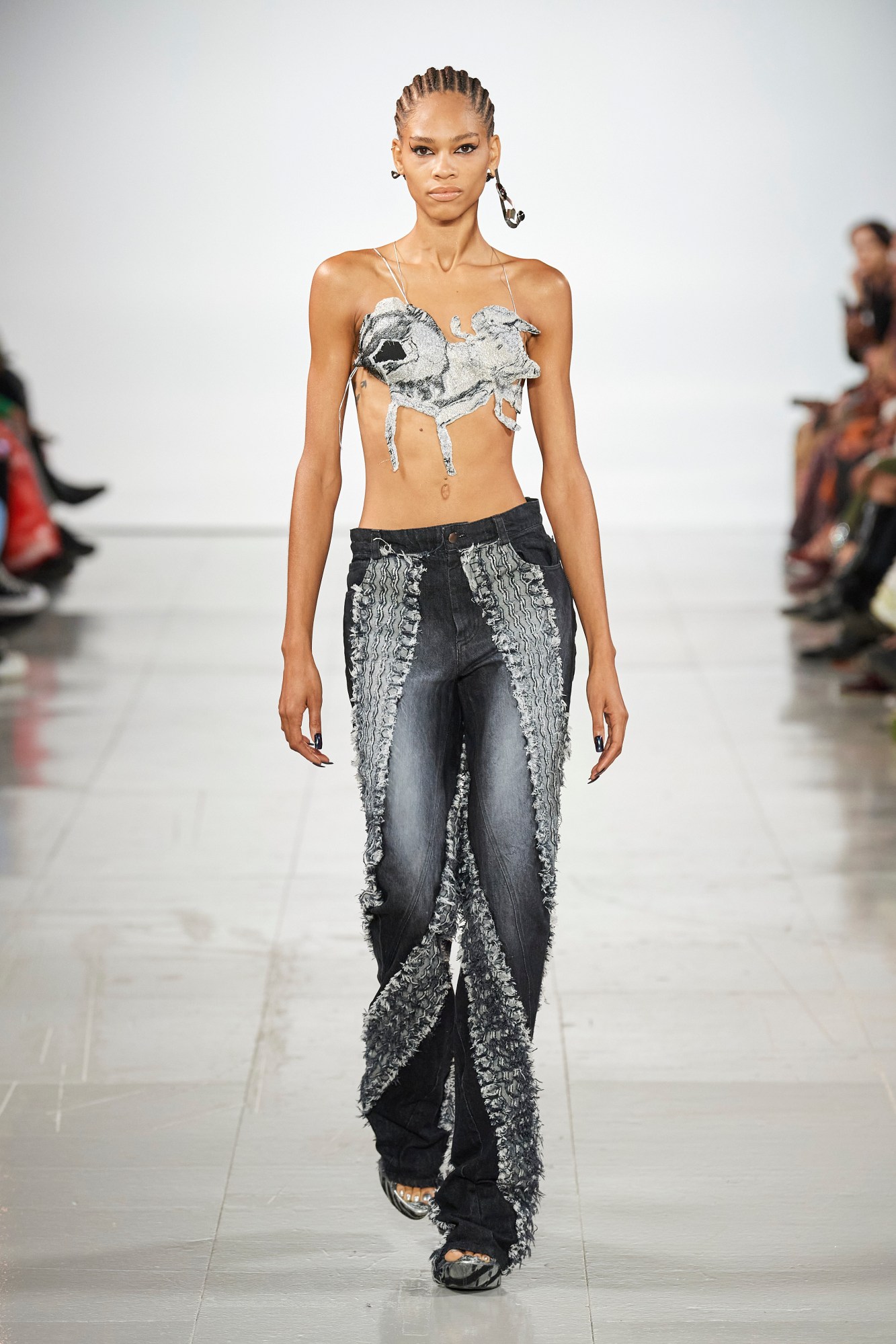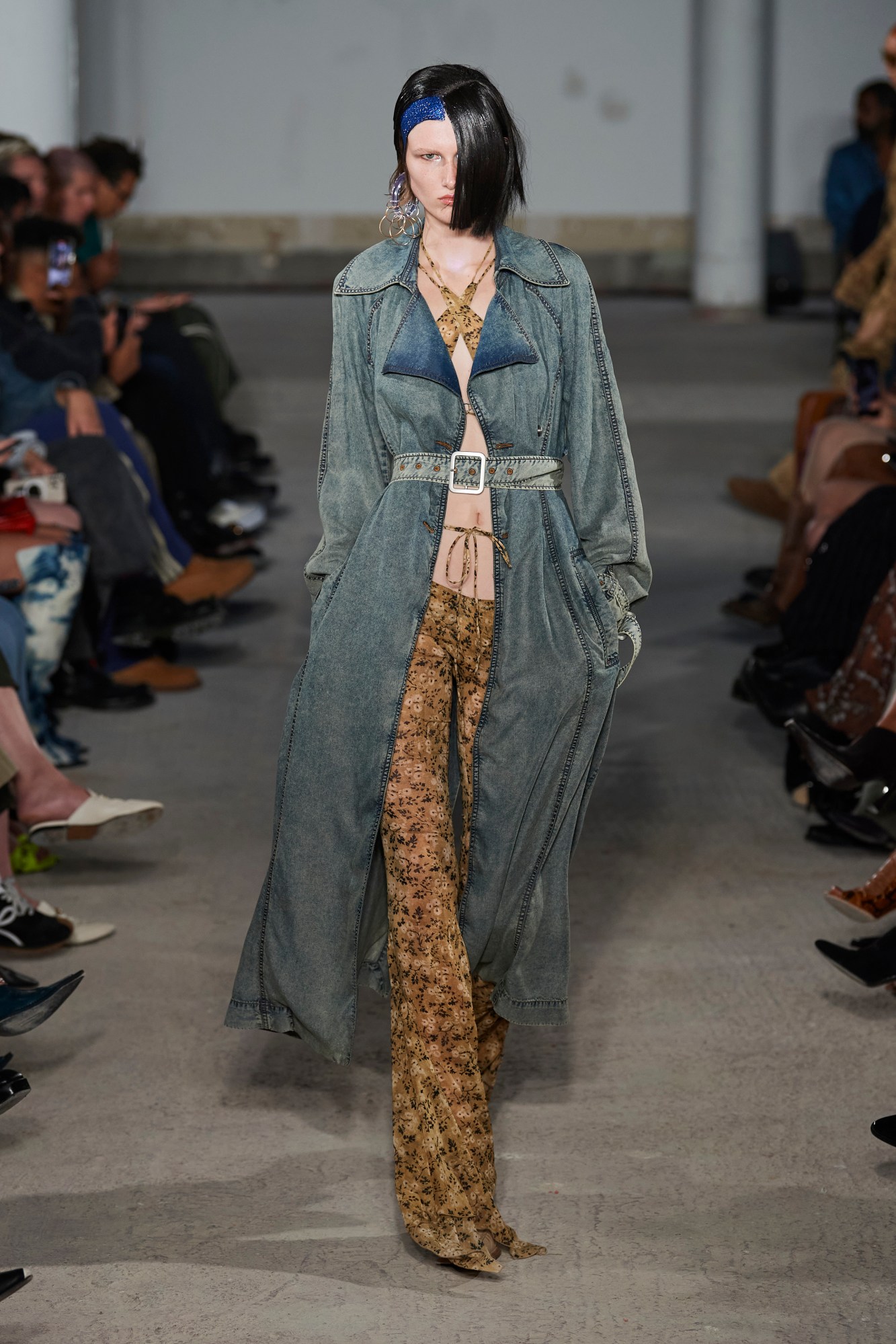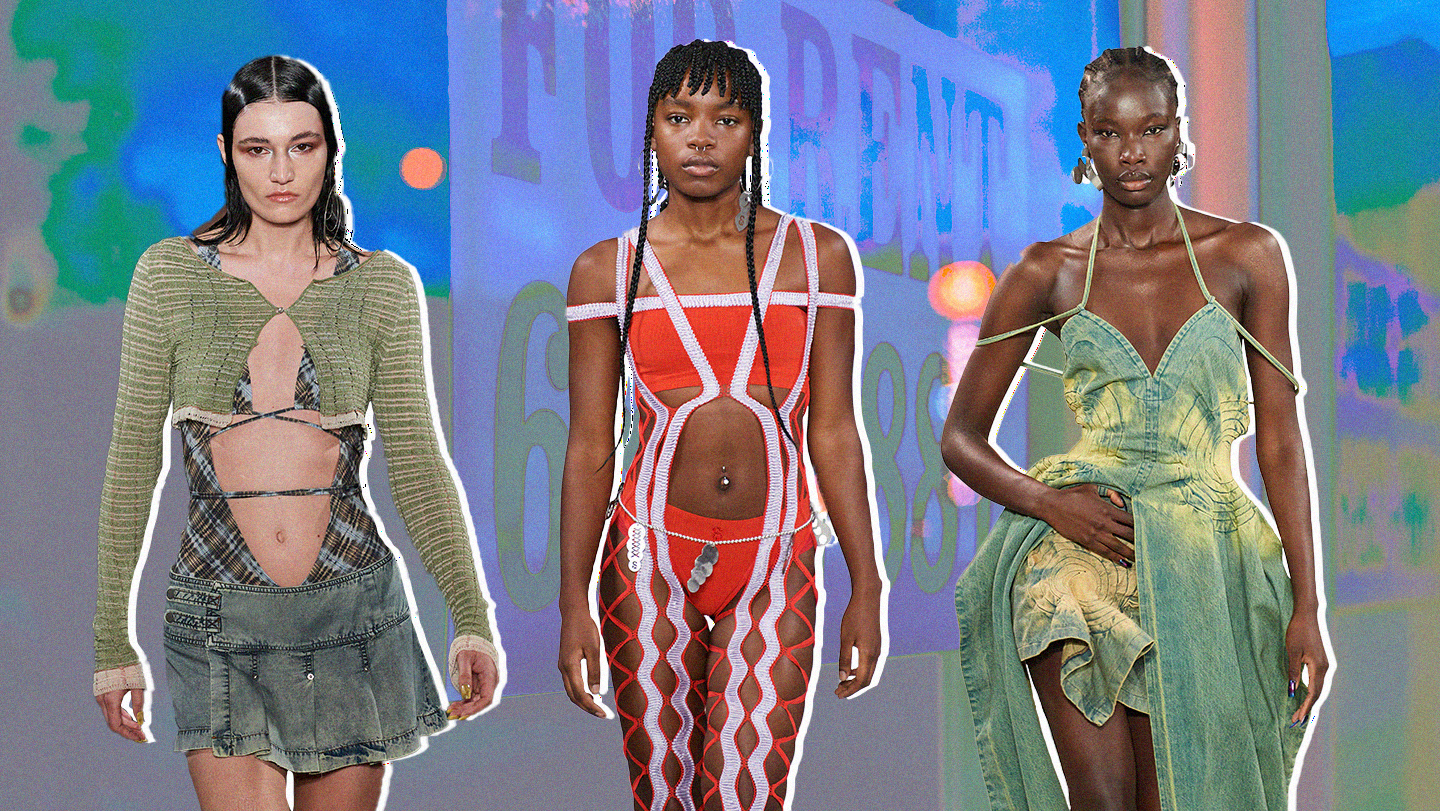So, New Year is around the corner and perhaps you’ve been daydreaming about how hot you’d look in a Nensi Dojaka dress. You don’t want to buy a fast fashion dupe, but the real deal is a little beyond your budget. Besides, you know deep down that you’d probably only wear it once anyway; you don’t go to that many formal events and you don’t want to rewear the same dress every time you do.
Aha, but what if you could wear the dress to see in 2023 without bankrupting yourself or leaving it in the back of your wardrobe for the rest of the year? That’s where rental fashion comes in. In case you haven’t heard, the rental fashion market is booming, with its total revenue expected to hit $7.5 billion by 2026. This year, high street giants Marks & Spencer and H&M launched their own rental services, proving that fashion rental has hit the mainstream.

As we look for ways to interact with fashion more consciously, renting a wardrobe lets us experience the joy of a new outfit without increasing our clothing consumption or giving money to fast fashion brands. Furthermore, renting allows us to engage with our favourite designers without having to fully shell out, making fashion more accessible too.
It’s in this area in particular that emerging designers and independent brands are poised to benefit most. A fashion student, for instance, might want to show their allegiance to a particular young brand, but won’t necessarily have the money to make a purchase. They could, however, rent a piece from a rental platform, wear it to school, post it on Instagram and then return it. On rental platform HURR Collective, which recently partnered with Sinéad O’Dwyer, Masha Popova and Bethany Williams, you could rent a Masha Popova butterfly top for a festival, or a KNWLS corset for your birthday drinks without paying the retail price for the experience.
Subscribe to i-D NEWSFLASH. A weekly newsletter delivered to your inbox on Fridays.
Sinéad O’Dwyer relished the opportunity to join a rental platform because it felt like the ideal way to generate extra income while still taking a slower approach to design. “I really like the idea of being able to offer a service to generate another income for the business as opposed to always having to create more product,” she explains. “It gives an opportunity to really make the most out of what you’ve already invested in.”
When someone rents an item from Sinéad’s brand via HURR, she receives the money for that purchase, but ultimately still owns the garment. Essentially, rental could be a lifeline for young labels who would benefit from a new stream of income separate to making traditional sales, with renting allowing for the possibility to make back a garment’s retail price several times over. However, the benefits of rental for young brands extend further than the financial rewards. If a renter pays to have a piece for just a few days, they’ll likely want to post it on Instagram and probably tag the brand, potentially allowing new audiences to discover the label for the first time and build engagement or lead to a purchase.

Sinéad is excited to see how rental fashion evolves, particularly for young brands like her own. Many fashion students dream of setting up their own brand straight out of uni, but few are in the financial position to do so and even fewer survive long term. In 2019, Sinéad told us how she thinks money is definitely the biggest challenge for up-and-coming designers when it comes to keeping their momentum. “If you don’t have some sort of investor or have an amazing freelance job where you magically make a lot of money and which does not require that much work either, it is really hard to find enough time to be in the studio,” she said.
Perhaps rental could provide the extra stream of income needed so young designers can spend more time in the studio and building their audience, rather than working stressful, time-consuming side jobs just to make ends meet. “In the future, there could also be opportunities for the rental platforms to commission and pay for independent designers to create a unique capsule for them to rent out,” Sinéad suggests. “It could be an opportunity for small brands who don’t yet have the capacity to start a larger scale production for wholesale to have some financial support and a small stream of income so they can develop and for the platforms to have unique pieces to rent which would generate some excitement around the platform and designer.”
Launching and maintaining a brand, especially with sustainability as one of its core values, comes with unique problems, but could rental be part of the solution? HURR founder Victoria Prew certainly thinks so. “We’re here to guide younger brands through the process,” she says, “giving them constant feedback on everything from most wish-listed styles, to the size demands, and fit feedback of each piece so they can really begin to understand the market.”
Setting up a fashion brand has never been easy, and the current economic crisis has made it a particularly complex undertaking. Many designers leave fashion school with little understanding of how to turn their creative vision into a viable, money-making business.
Add to that the internal crisis that many young designers go through regarding the environmental ethics of starting a new brand when there’s already so much fashion in the world and it’s clear the current system makes it easier to fail than succeed. If, as consumers, we can shift our shopping mindset away from ownership and towards the shared approach that rental offers then young brands can reap the benefits of rental while simultaneously promoting a slower, more conscious approach to design that benefits designers, consumers and the planet alike.


